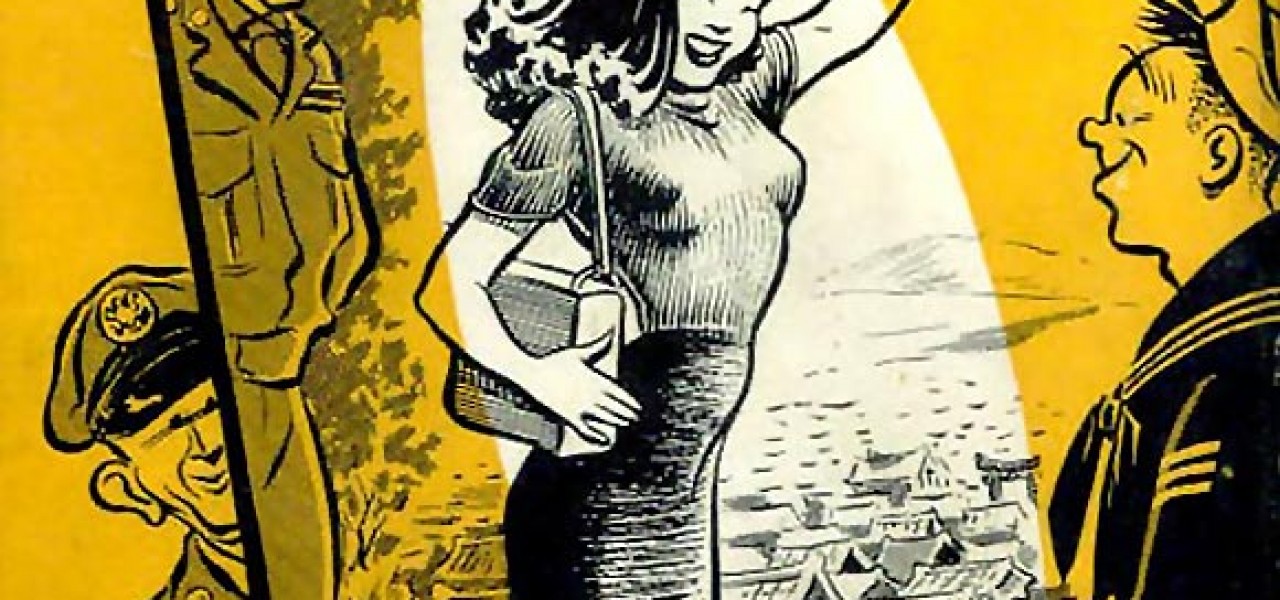
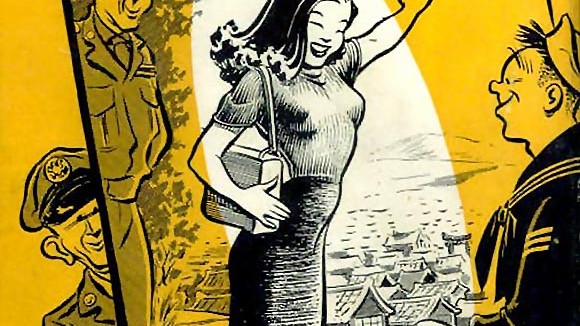
Book Review: ‘Insider Histories of Cartooning’
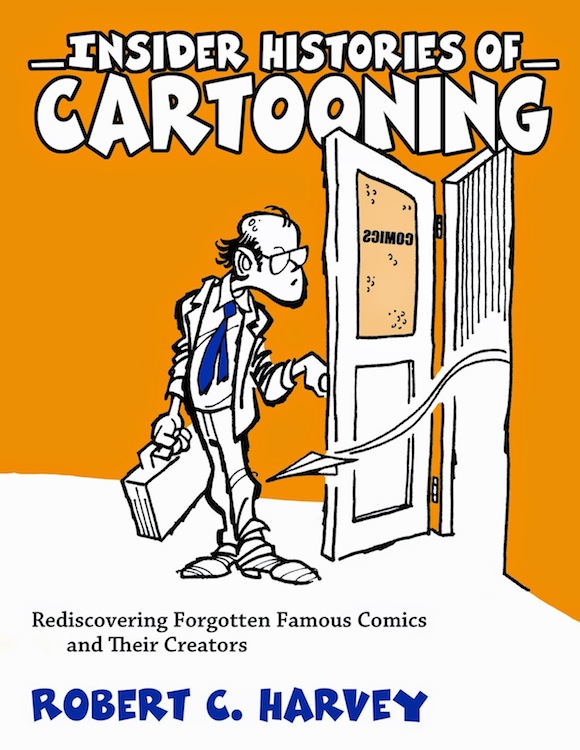
Insider Histories of Cartooning
by Robert C. Harvey
(University Press of Mississippi, 192 pages, pub. date: December 2014)
Buy: $31.50 on Amazon
Robert C. Harvey, cartoon historian, blogger, cartoonist, and biographer of Milton Caniff and Gus Arriola, has devoted his latest book to a selection of rare cartoons and their creators, the majority of whom will be known only to diehard comic fans. Harvey has not provided an overarching thesis: Insider Histories of Cartooning: Rediscovering Forgotten Famous Comics and Their Creators is instead a wide-ranging selection of obscure cartoonists who have caught his interest. It’s casually structured, with a scholarly but accessible tone.
Harvey first lays out the history of the form itself, providing a description, rather than a definition, of what a comic is, “because something that is defined seems completed, and I think comics are still evolving.” He states the case for why Frederick Burr Opper’s Happy Hooligan may—or may not—be the first true comic strip, building on ideas put forward by the likes of comics historian Bill Blackbeard.
Harvey demonstrates how Happy Hooligan was the first strip to consistently present the essential elements of a comic strip: sequential panels and dialogue balloons. Harvey disagrees with a third criterion put forward by cartoonist and author Coulton Waugh in his landmark 1947 book The Comics: characters recurring within the strip. Indeed, Insider Histories of Cartooning features many examples of single-panel cartoons.
Harvey is thorough if not encyclopedic, and for the most part he is able to provide information on each artist. Only once does he throw up his hands and admit defeat: “I can tell you nothing about Dick Sebald, the man who produced the comic strip [Sage, Sand and Salt] that was the favorite of my youth.”
Sebald appears, fleetingly, in a sprawling but brief survey of comics inspired by the American West. The dominance of the Western in popular culture, from dime novels to TV shows, offereda wealth of comics to choose from, of which Harvey provides tantalizing glimpses. It would have been nice to see more of the genre though, especially about Charles M. Russell (1864-1926), the only artist represented in the Hall of Statues in the U.S. Capitol building, a non-cartoonist whose vibrant drawings and Western scenes nonetheless provided an inspiration to generations of cartoonists.
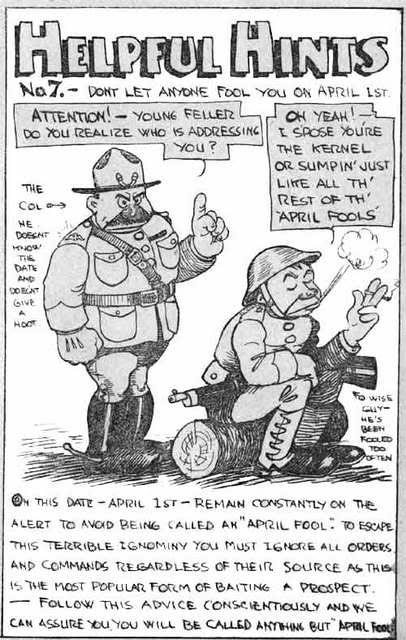
Though Westerns are grouped together, Harvey scatters other potentially unifying themes throughout the book. Wartime produced its own comic artists , some of whom are little known outside their time in the service, from Abian “Wally” Wallgren, popular cartoonist for the American soldiers’ newspaper Stars and Stripes during World War I, to Bill Hume, who drew Babysan, a pretty, vivacious young Japanese woman, for the amusement of U.S. servicemen in 1950s Japan.
Harvey met Hume and interviewed him, and it is in these direct encounters where the book is at its best. Firsthand accounts from artists always bring a dimension that no archival material can match. Hume taught himself animation, built his own animation stand with a friend’s help, and produced commercials and short films for the insurance arm of the Missouri Farmer’s Association, one of which won several industry awards. Harvey gives neither a title nor a definite release date for that film, but it might be “Fair Game,” from 1964, which is mentioned in Hume’s obituary.
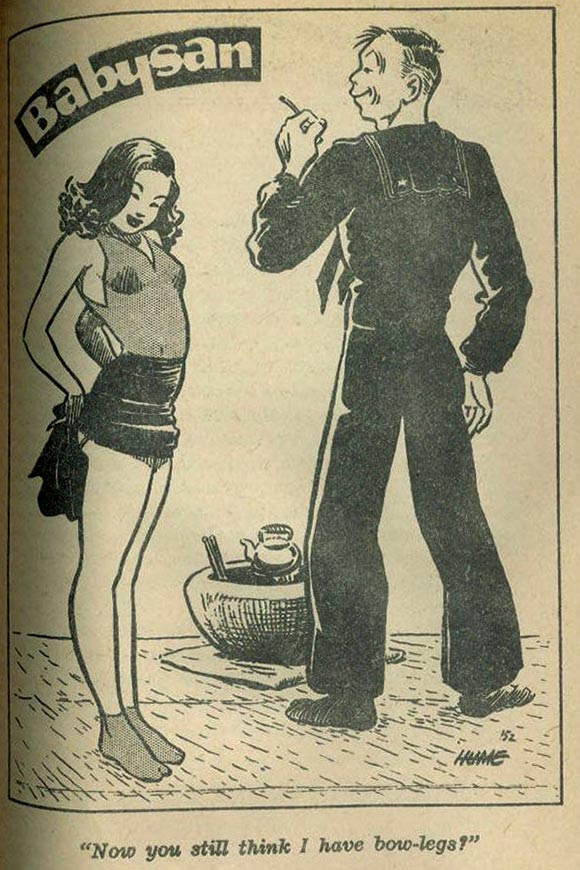
Harvey also casts his eye on the creators of single-panel cartoons, taking us through the career of pioneering African-American cartoonist E. Simms Campbell; Betty Swords (also interviewed by Harvey), who brought a feminist approach to comics; and Hugh Hefner. Yes, that Hugh Hefner, not that you should expect the kind of illustrations for which he is famous. There’s a long tradition of sexy pin-up girl types in cartoons—Campbell was very good at them—but Hefner’s talents most definitely lay in publishing the work of others.

In the final chapter Harvey explores the career of Bill Mauldin, creator of World War II’s iconic “dogfaces” Willie and Joe. The book’s account of Mauldin in his later years, drawn from various sources, describes a mind shredded by Alzheimer’s, and his being visited in a nursing home by old WWII vets. This section of the book demonstrates how ink on paper can resonate with several generations. Even Dick Sebald, who exists in this book only in the form of his drawings, and reminiscences by people who grew up with those drawings, lives on.
One feels that there might have been a more attractive option than using the author’s own cover art, and the utilitarian design, though perhaps to be expected from college presses, is a let-down for the paperback’s $35 price tag. Similarly, a few full-color reproductions of color cartoons would have helped justify the price. There is also an $85 hardcover edition, listed only on the publisher’s site, which is far too much for a 192-page book (not 224 as the publisher and Amazon have it listed).
On the whole, Insider Histories of Cartooning is a decent addition to a casual comic fan’s library. Artists and hardcore historians, however, will wish Harvey had recognized more in these cartoons than their mere obscurity and teased out some of the themes that unite them. It’s also, necessarily, a case of breadth over depth: you can read an entire book on Jerry Siegel and Joe Shuster’s Funnyman, their failed attempt to follow up the success of Superman, or read twelve pages of Harvey on the subject.
For more information, visit the University Press of Mississippi’s website or Robert C. Harvey’s website, some of which is behind a paywall.
Order Insider Histories of Cartooning: Rediscovering Forgotten Famous Comics and Their Creators on Amazon.
